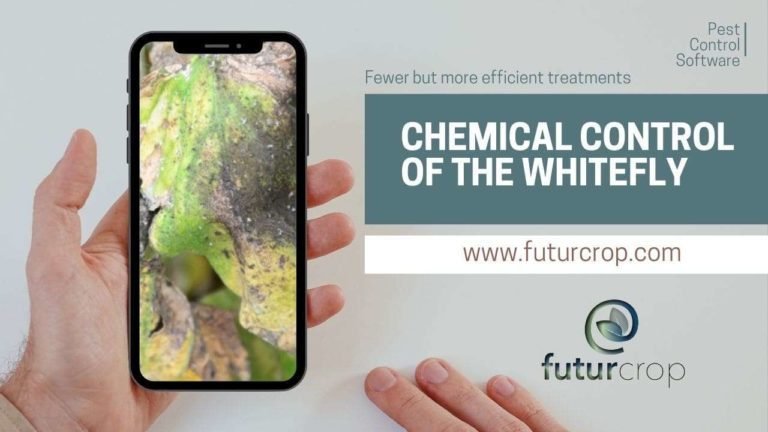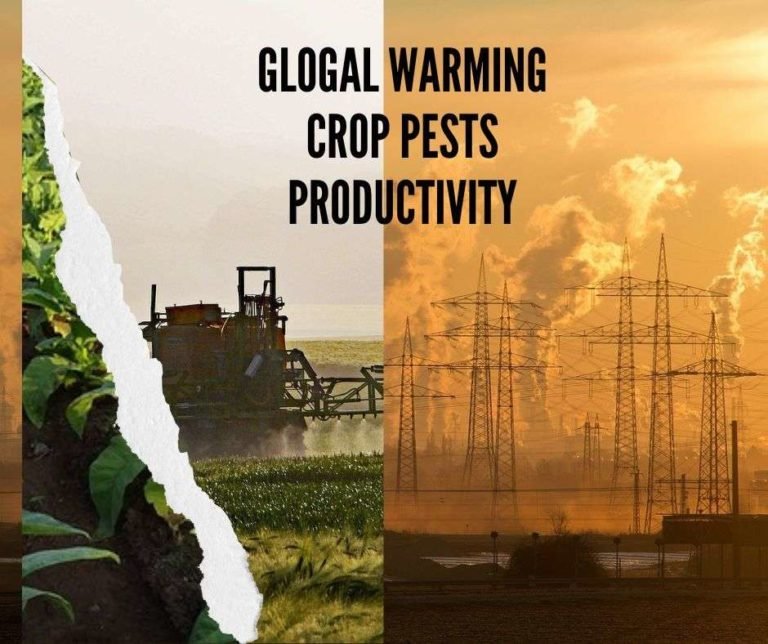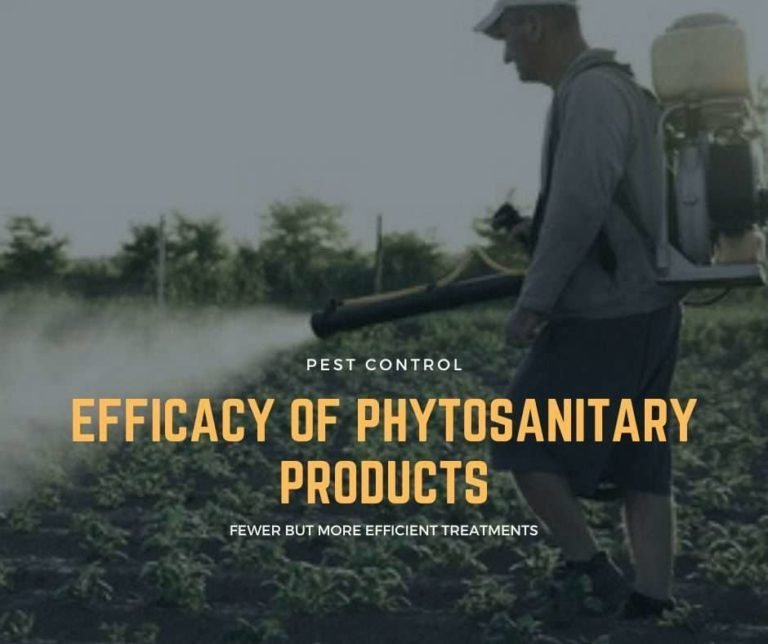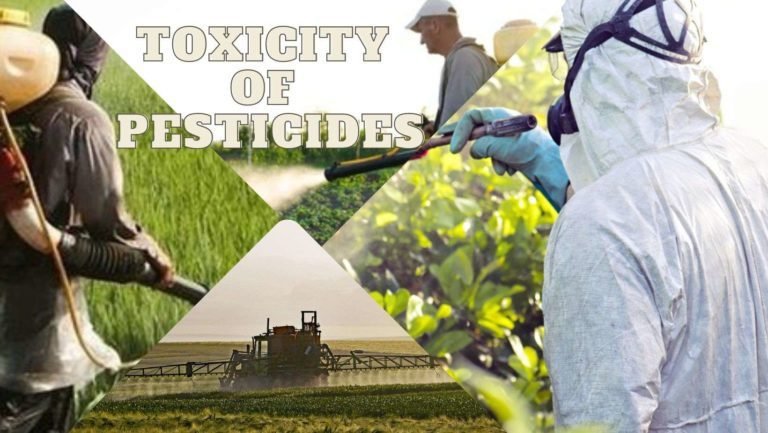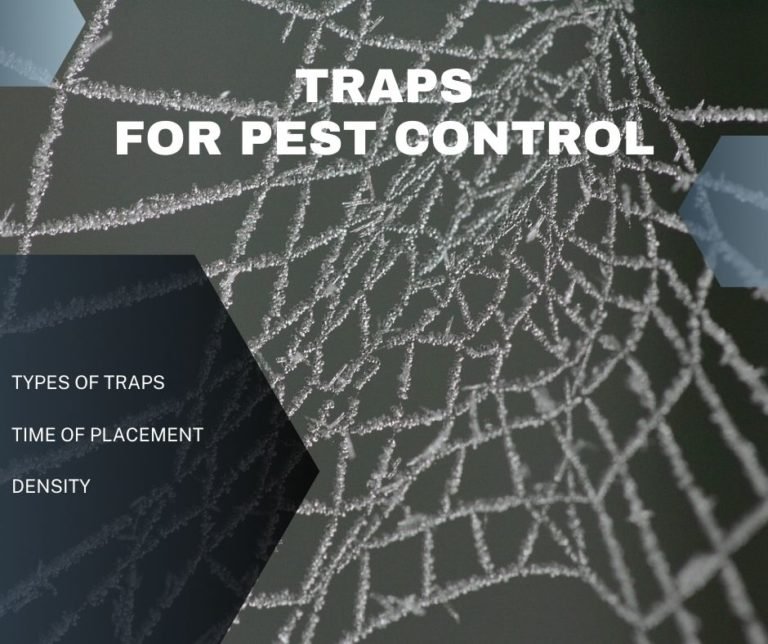
Traps for pest control
Traps for pest control Traps for monitoring or mass capture Traps for pest control can be distinguished by their function in traps for monitoring, or for mass capture. In the first case, traps make it possible to detect early the presence of certain pest species in the growing areas. They provide information that technicians use to decide where and how to apply treatments. The mass capture of a pest by traps has been successful in the case of certain fruit flies, such as the Mediterranean fly (Ceratitis capitata). The attraction trap is usually combined with some toxic bait, in a technique known as “attract and kill”. Traps baited with ammonium salts and amines are used for the management of populations of this pest. The difference between the use of traps for detection and monitoring, or for mass trapping is actually in the density of traps per crop. Types of traps Chromatic traps They are rigid and resistant plastic plates, and adhesive on both sides. They necessarily have to be water repellent, that do not deteriorate with high temperatures and that do not contain toxic substances. Pest insects (but also some beneficial insects) are attracted to certain colors, especially the following: Pheromone traps They use a synthetic attractant that simulates the natural pheromone emitted by females to attract males (by attracting only males, it does not increase the risk of oviposition). It is necessary to take into account the density of traps placed per surface, because if more traps are placed than the appropriate ones, the call effect disappears and the total number of captures does not increase. Delta Traps Generally used for monitoring populations, their arrival and evolution. They basically consist of a pheromone diffuser placed on a horizontal and sticky sheet, covered by a roof. They are not used to make mass captures of insects. Water traps The pheromone diffuser is placed in the center of a sheet of water, so that when the moth touches the water it can no longer take flight. Transparent tapes sticky impregnated with the selected pheromone. They are usually used in greenhouses, where they are placed in strips along the growing rows. Its effectiveness depends largely on its correct installation, it can be limited by dust inside the installation. As in the case of chromatic traps, and following the same principle of attracting and killing, pheromones and toxic baits are usually used together. Light traps In general, light traps tend to attract females more than males. Traps placed close to the ground trap a larger number of males, while raised traps trap a larger number of females. Light traps have a high cost and maintenance. But their biggest problem is that they are not very selective, eliminating pest insects as well as auxiliary fauna. The death of the moth is carried out with water, insecticidal liquid or by electrocution in electrified grids. Other traps In addition to the traps mentioned, there are traps on the market that try to be more specific in the type of pest they catch, for example according to the flight characteristics of the target pest. For their capture they use the previous techniques applied to containers. There are the so-called flycatchers, which carry the entrance holes for the insect at the bottom, and which are designed for the capture of diptera (flies). And containers that carry the entrance openings at the top, are traps designed to catch lepidoptera, and are called pollilleros. Manufacture of homemade traps for pest control Commercial traps cost a hectare needs about 30 traps, for example, to monitor the fruit fly. For mass captures, at least that number of traps would have to be doubled. But making traps with recycled materials is very simple. If a container trap is used it is very important that the entrance holes are of the right size so that the pest insect can enter, but the entry of beneficial insects is avoided. The time of placement of the traps Each pest has its biological cycle and a number of generations per year that can be variable, depending on the weather. Therefore, to improve the effectiveness of the traps, it is advisable to know exactly in each area which are the moments in which the pest is active in adulthood, and the different generations. In the USA, several universities offer a local calculation service based on phenological models that relate temperature to the development of pests. This information is used by farmers to determine when to place traps or the ideal time to carry out treatments. FuturCrop automatically calculates the life cycle of 179 pest species, for fields anywhere in the world, and provides specific information for each stage of development that allows optimizing monitoring and treatment. The software is a great help and an important saving when using traps as a means of monitoring and / or pest control. In general, it is recommended to use traps before the start of the first generation of the target pest. Setting traps too early is an unnecessary expense, as all types of traps have a limited duration and require maintenance. But, setting traps too late can make them inefficient if mass captures are intended, because mass trapping tries to decrease the population of the pest when it is at low levels. If the population density of the pest is high, the effectiveness of trap captures decreases. FuturCrop creates a calendar of the biological cycle of pests with climatological data updated daily. In such a way that it is possible to establish the moment that most interests us to make the captures of the first generations. Placement of traps: height and position The placement of traps is important for catches to be meaningful. In general we must place the traps at the height of the crop, and raise them as it grows. In greenhouses traps should be placed on the bands, windows, doors, etc. It is better to place the plates in a row, leaving between them a distance that
